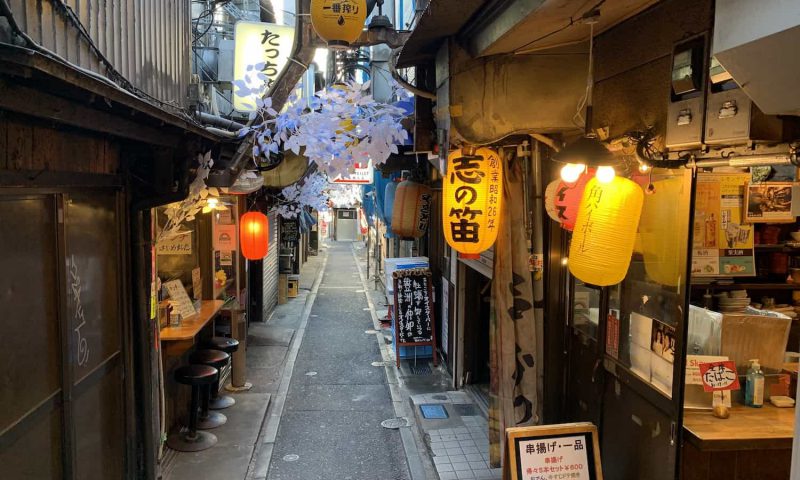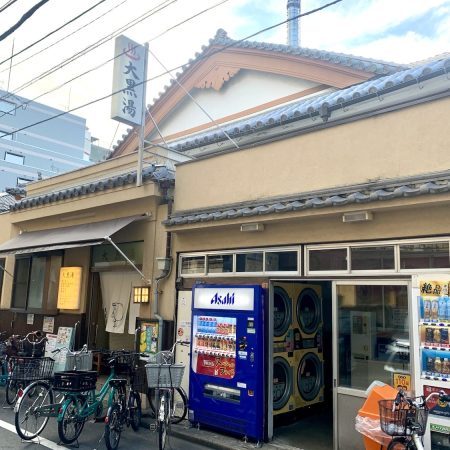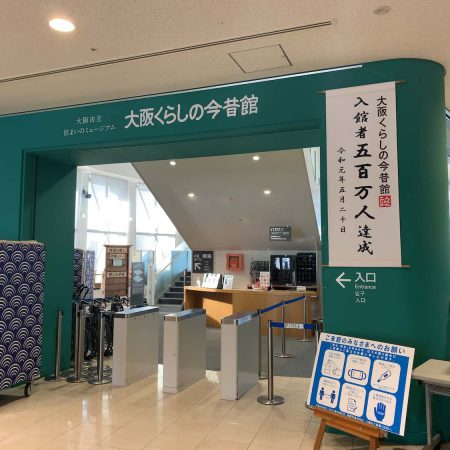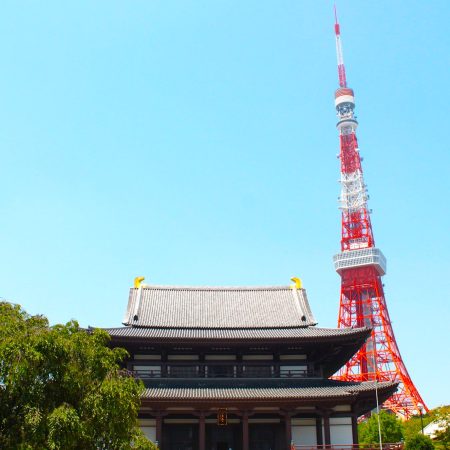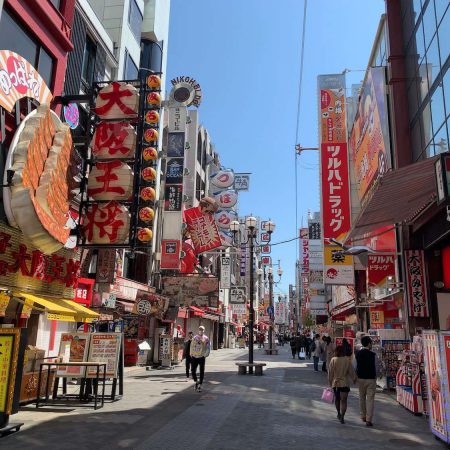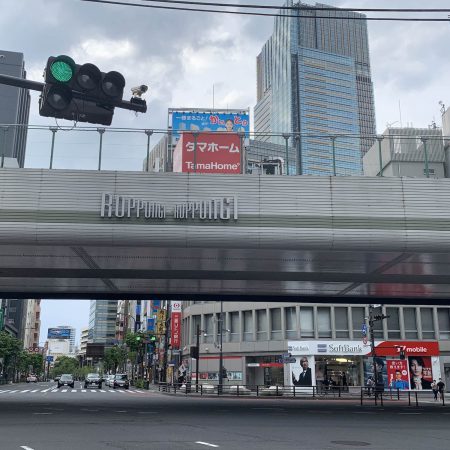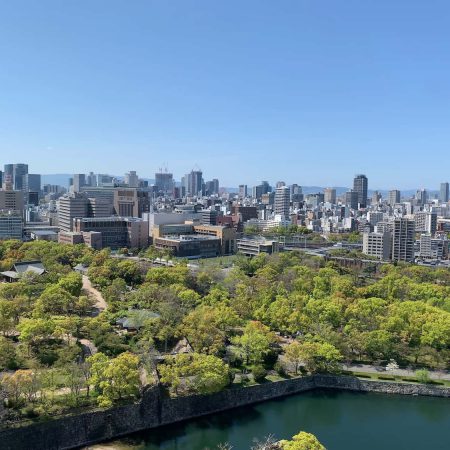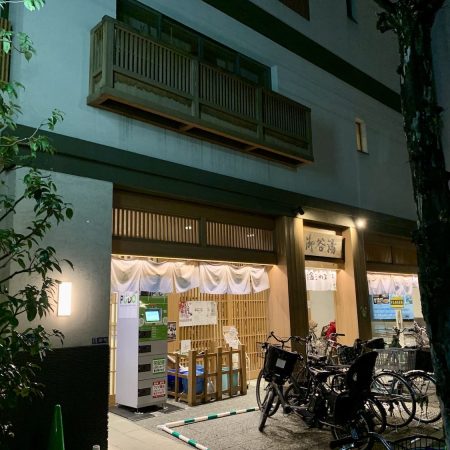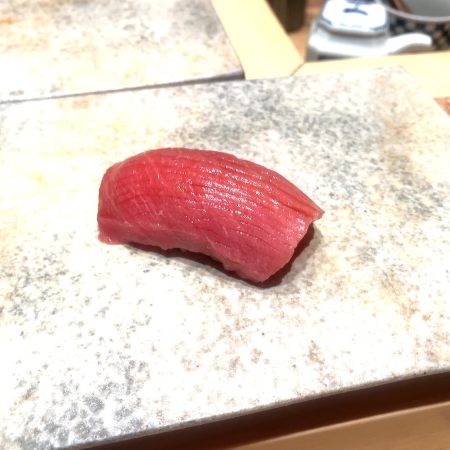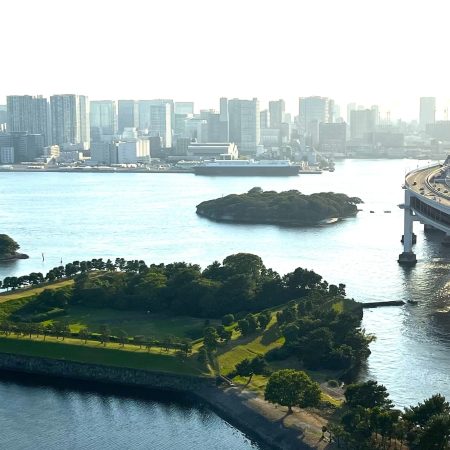Shinjuku Ward in Tokyo offers diverse attractions, including the architectural marvel of the Tokyo Metropolitan Government Building, the revolutionary art at Yayoi Kusama Museum, the serene Hanazono Shrine hosting the annual Tori-no-Ichi festival, the post-war preservation of Omoide Yokocho, and the urban-nature blend of Shinjuku Central Park. The Shinjuku Historical Museum and Shinjuku Gyoen National Garden showcase the district’s history and diverse garden styles. Tokyo Toy Museum and Fire Museum offer unique experiences, while Suga Jinja shrine, known for its cinematic appeal, adds cultural and historical significance to the vibrant tapestry of Shinjuku’s attractions.
Tokyo Metropolitan Government Building (東京都庁)
The Tokyo Metropolitan Government Building, also known as Tocho, is an architecturally impressive complex in Shinjuku, designed by Kenzo Tange. Inspired by a computer chip and Notre Dame, it features two free observation decks on the 45th floor of each tower, offering stunning panoramic views of Tokyo, including landmarks like Mount Fuji and Tokyo Skytree. Beyond sightseeing, the building serves as a cultural hub with events, exhibitions, a library, museum, and art gallery. Symbolizing Tokyo’s resilience after the 2011 earthquake, it reflects the city’s modernization and status as Japan’s political and economic center. Conveniently located near JR Shinjuku Station, it’s a must-visit for a unique and memorable Tokyo experience.
Yayoi Kusama Museum(草間彌生美術館)
Explore the mesmerizing universe of Yayoi Kusama, a pioneering artist whose impact on contemporary art is revolutionary. The Yayoi Kusama Museum in Tokyo, founded by the artist and managed by the Yayoi Kusama Foundation, is a must-visit for art enthusiasts. Immerse yourself in Kusama’s unique perspective through polka-dot and net-patterned installations using mirrors and lights. The museum showcases her breathtaking works biannually, accompanied by events and lectures. Kusama’s global influence is evident in exhibitions worldwide, including the captivating “KUSAMA: Cosmic Nature” at the New York Botanical Garden in 2021.
As one of Japan’s most influential contemporary artists, Kusama’s contributions are extraordinary, and the museum stands as a testament to her achievements. Beyond art enthusiasts, the museum attracts those intrigued by her unique style. Plan your visit by purchasing timed tickets in advance from the website. Located in Shinjuku Ward, Tokyo, the museum is easily accessible. Don’t miss the chance to experience the captivating world of Yayoi Kusama’s art – book your tickets for a journey of self-discovery today.
Hanazono Shrine (花園神社)
Hanazono Shrine is a venerable Shinto shrine safeguarding the area since the Edo era. Dedicated to Inari, the deity of business, fertility, and marriage, it attracts those seeking success and good fortune. Enshrining the protector deity of Shinjuku from pre-Edo Shogunate times, it stands as one of Tokyo’s oldest shrines.
Hosting the annual Tori-no-Ichi festival in November, the shrine celebrates thriving businesses and invites visitors to make wishes. The festival includes cultural performances, adding vibrancy to the surroundings. Despite its urban location, the shrine emanates a serene atmosphere, with its main edifice overlooking a peaceful wooded park.
Adjacent to Shinjuku Golden Gai, Hanazono Shrine serves as a gateway to exploring the area’s rich history and culture. A visit promises spiritual fulfillment and a glimpse into the heart of Shinjuku, providing a tranquil escape from Tokyo’s hustle and bustle. Discover this ancient marvel and withdraw from the city’s commotion at Hanazono Shrine.
Omoide Yokocho (思い出横丁)
Discover the allure of Omoide Yokocho, a historic alley by Tokyo’s Shinjuku Station, born from the aftermath of World War II. Once a vibrant marketplace with open-air vendors, it persisted through a destructive fire that led to the emergence of Lucky Street, a black market with vendors using wooden boards as partitions.
Shinjuku’s status as a bustling hub drew vendors specializing in grilled offal for livelihood. In the 1950s, yakitori cabarets surfaced, offering patrons shochu alongside grilled chicken, accompanied by hostesses providing exceptional service.
Preserving post-war Japanese culture, Omoide Yokocho has evolved with approximately 60 food and beverage establishments, totaling around 80 shops. Integral to Shinjuku’s local culture, it’s a favored spot for tourists seeking the ambiance of the Showa era.
Experience a lively drinking district at Omoide Yokocho, with hidden gems for enjoying affordable drinks and cherished cuisine. Whether socializing with friends or relishing a solo drink, it’s an ideal place to unwind—a unique and unforgettable celebration of post-war Japan’s enduring legacy.
Shinjuku Central Park (新宿中央公園)
Shinjuku Central Park serves as a serene oasis amid towering skyscrapers and busy streets. As Tokyo’s largest municipal park, it seamlessly blends urban life and nature. Established in 1968, the park underwent renovations to become a family-friendly retreat, offering picnic spaces and an ideal post-visit recharge spot after exploring the Tokyo Metropolitan Building.
Beyond relaxation, the park caters to diverse interests. The western section features a playground with a climbing structure for children, and a designated baby rest area for parents. Divided into North, East, and West areas linked by bridges, it offers jogging spaces, sports facilities, water play pools, and attractions like Shinjuku Niagara Falls.
The Tokyo Metropolitan Government Building within the park boasts free observation decks providing a 360-degree view of Tokyo. The Shinjuku Chuo Library, housing a vast collection, is a haven for book lovers. Annually, the Shinjuku Central Park Festival in late October or early November showcases concerts, workshops, flea markets, and food stalls, promoting cultural exchange and community building.
Reflecting Japanese values of nature reverence and harmony, the park provides a space for relaxation, exercise, learning, and socializing. Easily accessible by public transportation, Shinjuku Central Park offers a hidden oasis for those seeking refuge from Tokyo’s hustle and bustle.
Shinjuku Historical Museum (新宿歴史博物館)
The Shinjuku Historical Museum is a valuable repository of the district’s history and culture, preserving its legacy despite urbanization and war damage. The museum focuses on collecting, researching, and sharing materials that reflect Shinjuku’s living culture across generations. Permanent exhibitions cover six themes, including the Paleolithic era to the Edo period, medieval Shinjuku, Edo period life, modern literature, early Showa era, and changes in Shinjuku from war to post-war and Heisei periods. The museum also hosts diverse temporary exhibitions, showcasing archaeological artifacts and exploring the lives of literary figures associated with Shinjuku. Overall, the museum aims to foster spiritual and cultural creativity while safeguarding the region’s history and culture for the public.
Shinjuku Gyoen National Garden (新宿御苑)
Discover the Shinjuku Gyoen National Garden in the heart of Tokyo, a 144-acre oasis with a rich history dating back to the Edo era. Once a feudal lord’s residence, this public park seamlessly combines three garden styles – French Formal, English Landscape, and Japanese Traditional. Explore historical landmarks like the Meiji-era Western-style rest station and the Emperor Hirohito’s gift, the Goryotei Pavilion. Indulge in diverse culinary delights at the park’s cafes and restaurants, offering original menus with seasonal views. Immerse yourself in the tranquil Japanese garden’s tea room with a cup of matcha.
Shinjuku Gyoen’s appeal extends beyond its aesthetics, featuring captivating seasonal activities. Witness cherry blossoms in spring, enjoy lush greenery in summer, marvel at the autumn chrysanthemum flower exhibition, and admire stunning winter scenes. Regardless of the season, Shinjuku Gyoen promises a magical experience that will captivate and inspire.
Tokyo Toy Museum (東京おもちゃ美術館)
Discover the Tokyo Toy Museum, a hidden gem in the heart of Tokyo near Shinjuku Gyoen National Garden and the State Guest House. Housed in a pre-World War II building, this unique museum showcases over 100,000 toys from around the world. The warm and inviting atmosphere, created by the abundant use of cedar from various Japanese regions, sets it apart. The “Akachan Mokuiku Hiroba” promotes a love of wood and has influenced spaces in retailers like MUJI and Audi.
Run by 350 toy curators, the museum hosts events such as storytelling and performances daily. What makes it truly special is its diverse visitors, including top players of table games and professionals from woodworking artisans to masters of traditional performing arts. Don’t miss this must-visit destination for those interested in the art of play.
Fire Museum (消防博物館)
Discover Japan’s firefighting legacy at the Fire Museum! Dive into history from the Edo period to today with authentic firefighting vehicles and interactive displays for all ages. Take a ride on a fire truck or helicopter, explore Edo firefighting techniques in a diorama, and catch disaster prevention films in the small cinema. Conveniently located near Yotsuya Fire Station and Tokyo Metro Yotsuya 3-chome Station, this five-floor museum offers a comprehensive look at firefighting evolution, modern equipment, and emergency services. Don’t miss the rooftop deck for a stunning view of Shinjuku and fire department helicopters!
Suga Jinja (須賀神社)
The Suga Jinja shrine is famous for its iconic staircase featured in the anime film “Your Name” (“Kimi No Na Wa” in Japanese), attracting anime enthusiasts worldwide. Beyond its cinematic appeal, the shrine holds cultural significance, deriving its name from a mythological tale of Susano no Mikoto. Since the Edo period, it has guarded Yotsuya’s eighteen districts, playing a crucial role in Tokyo’s history. Originally two separate shrines, Gozutennou and Inari, they merged during the Meiji Restoration to form the Suga Jinja we see today. Exploring the shrine allows one to experience its serene ambiance and appreciate its rich cultural and historical heritage. Whether drawn by anime fascination or curiosity about Tokyo’s hidden gems, Suga Jinja offers an unmissable destination that leaves visitors feeling truly purified.

